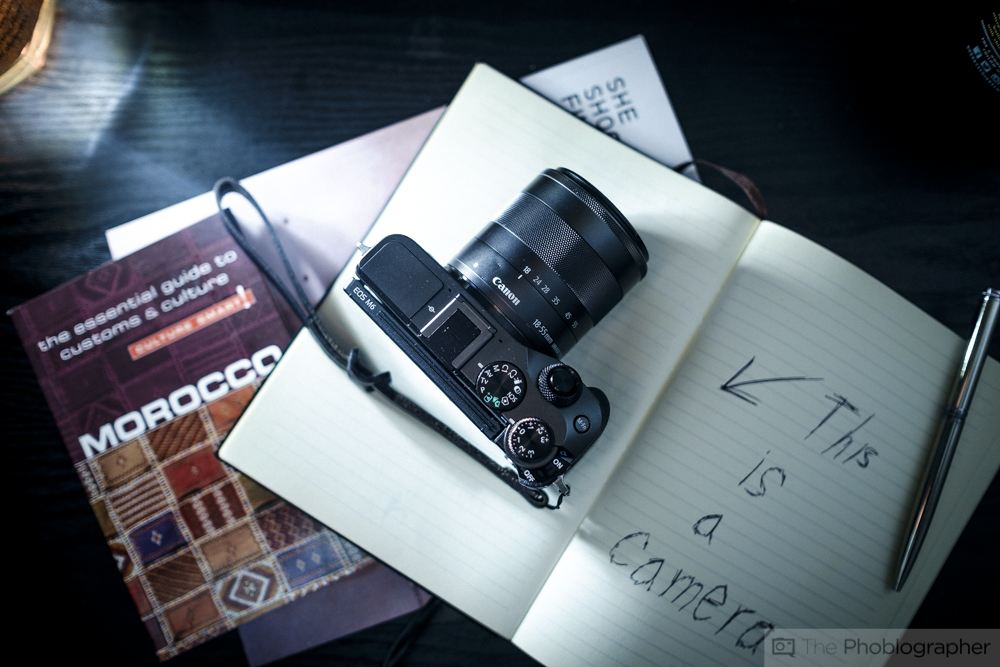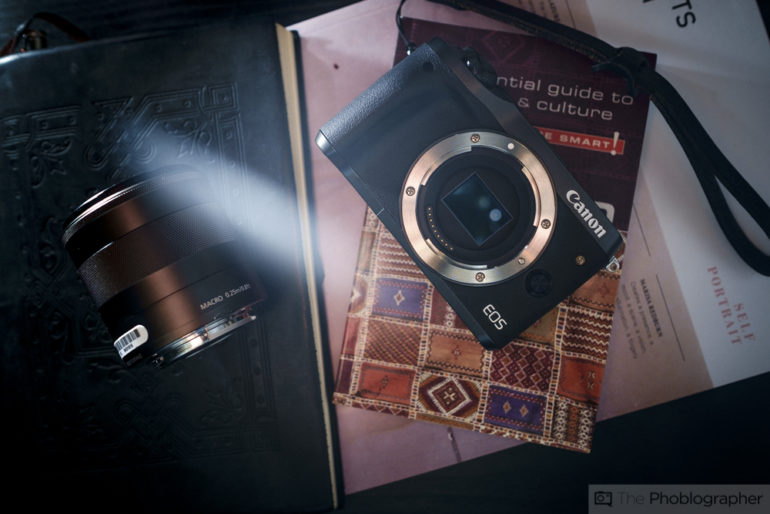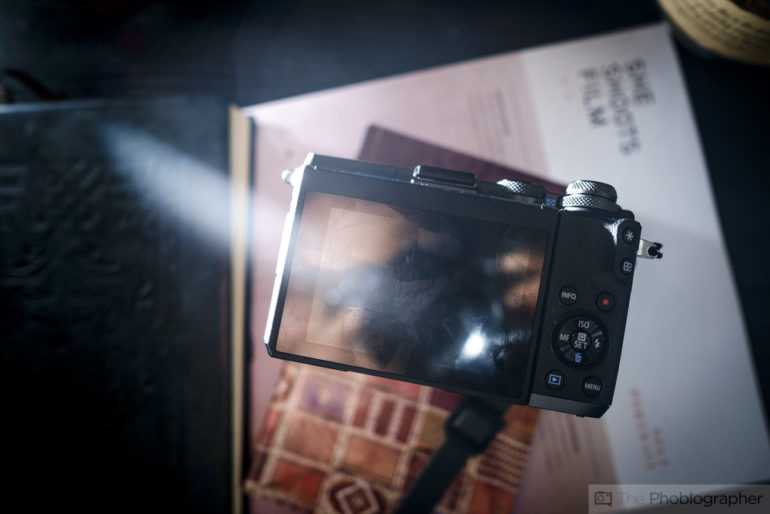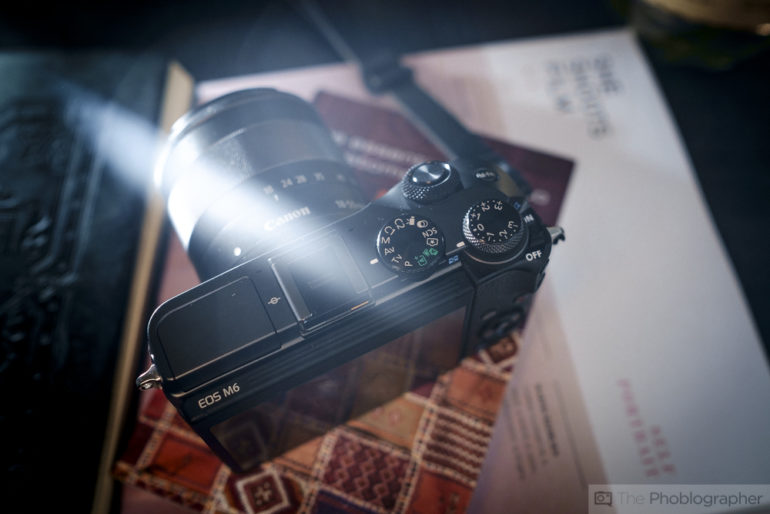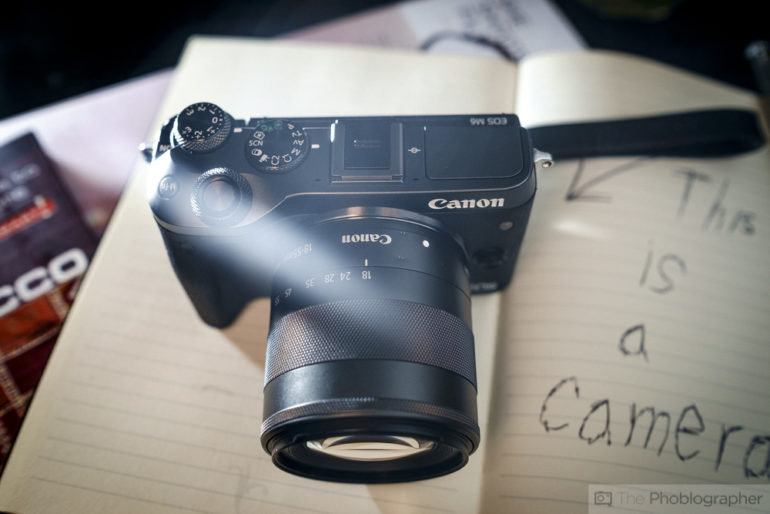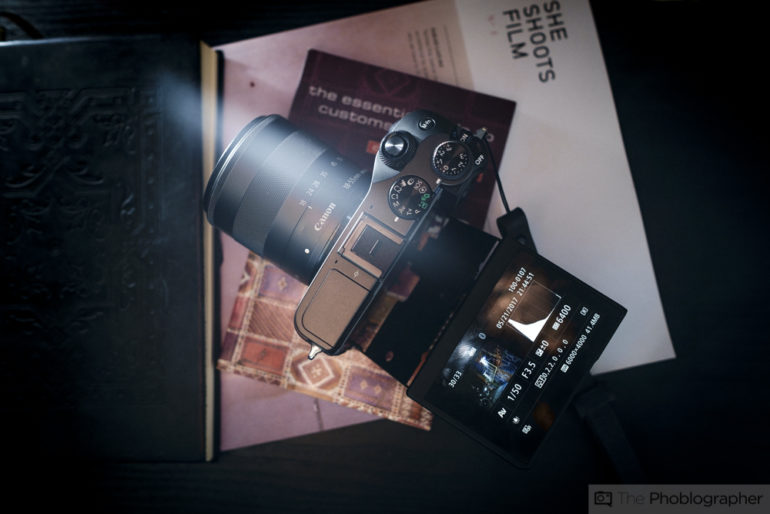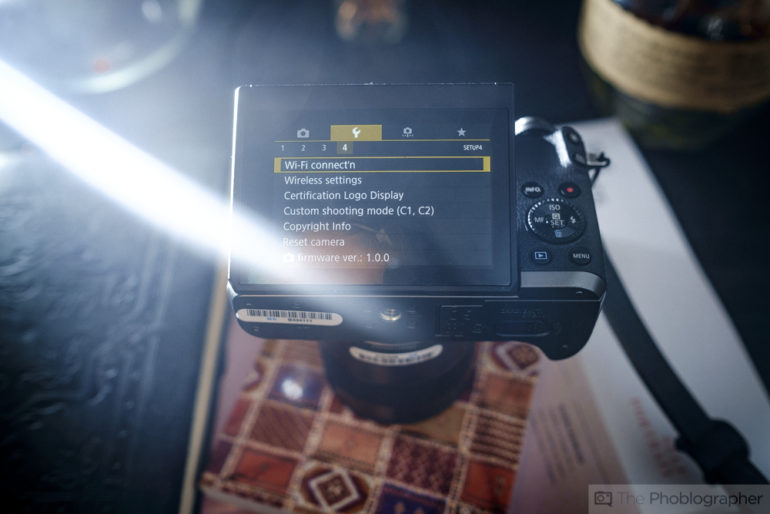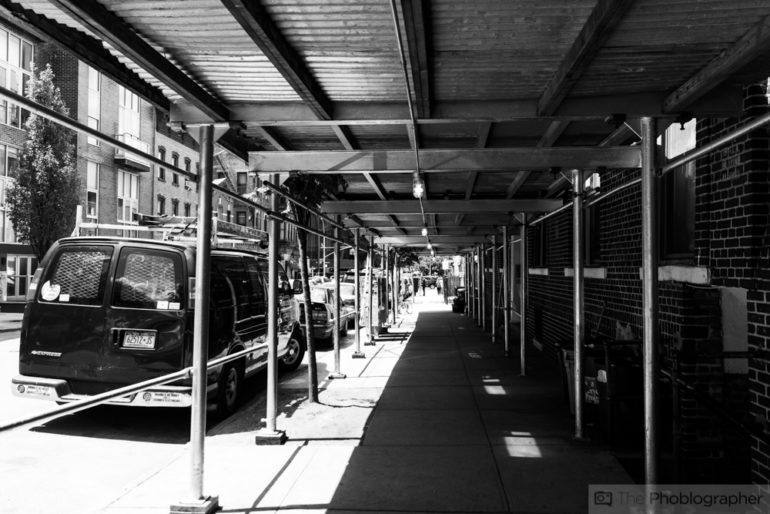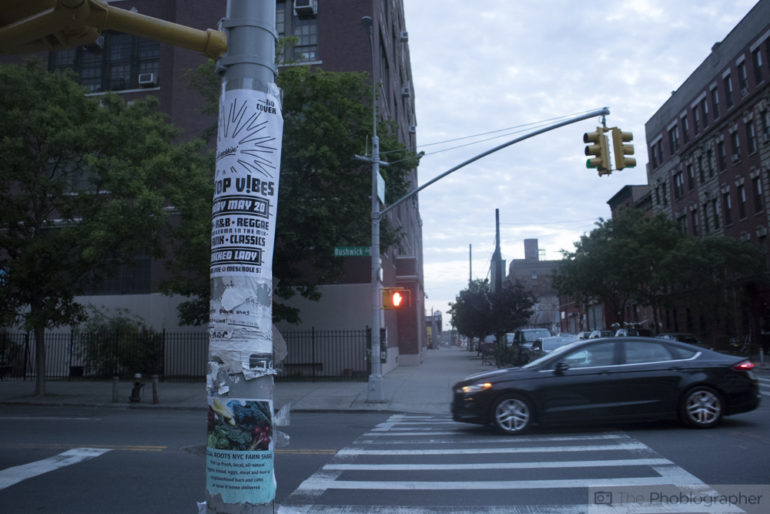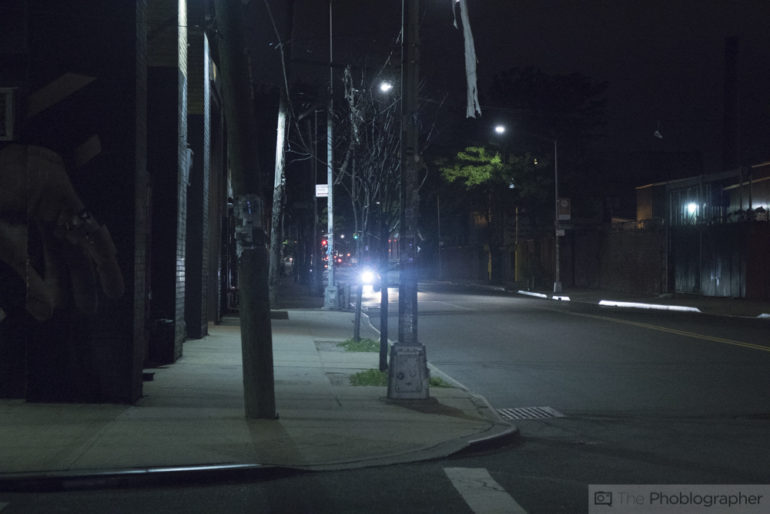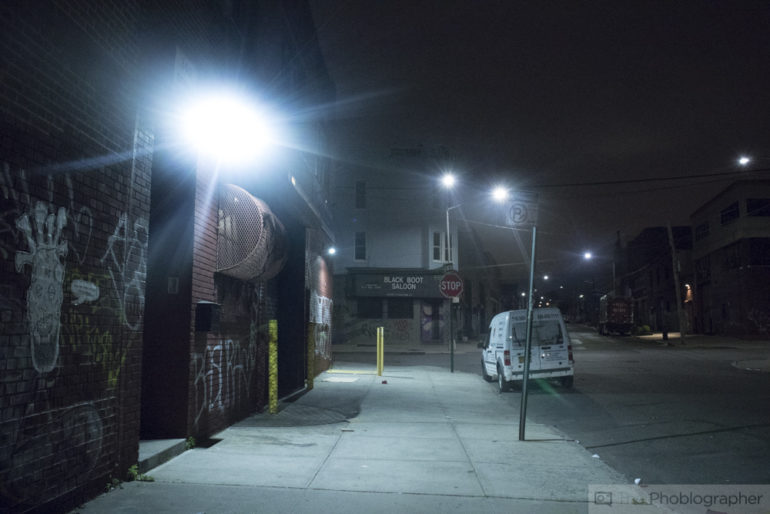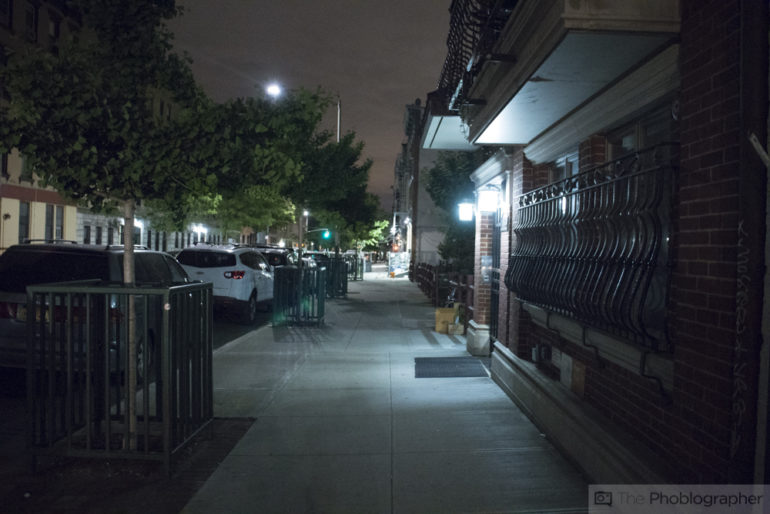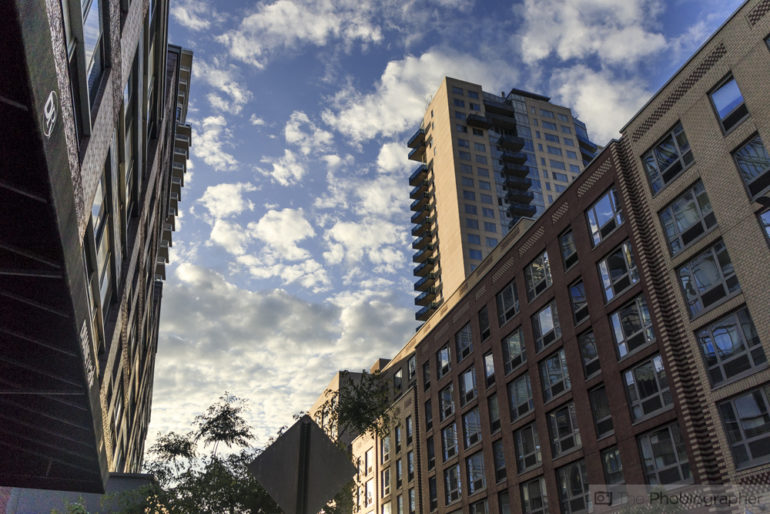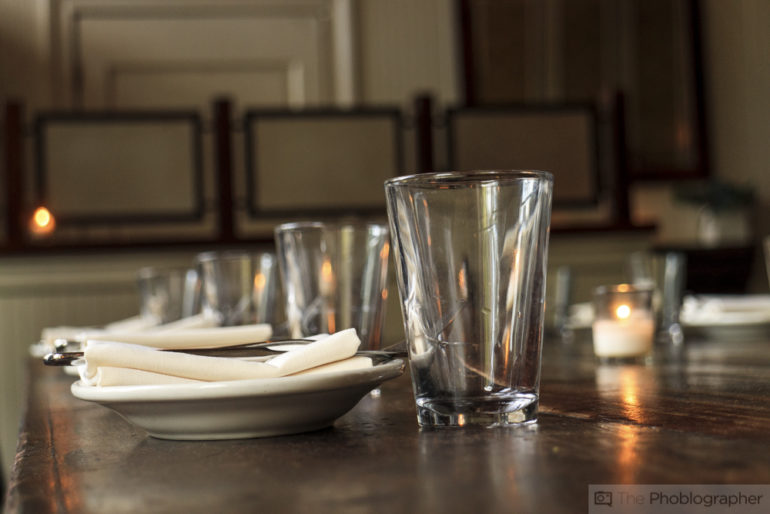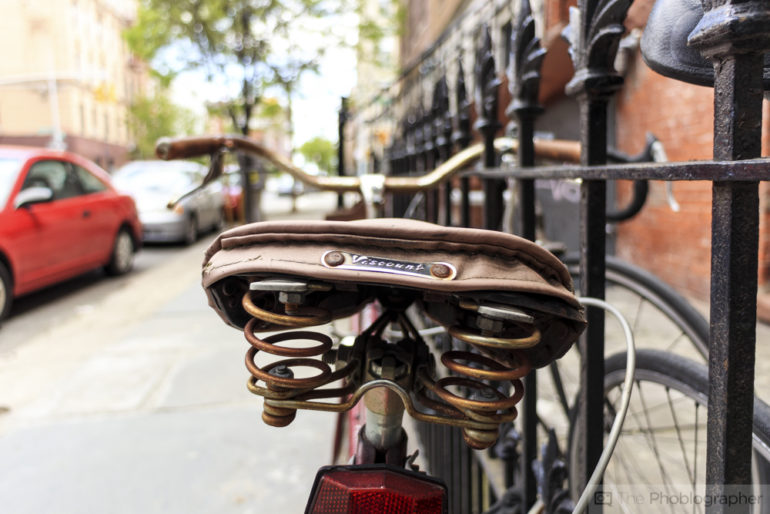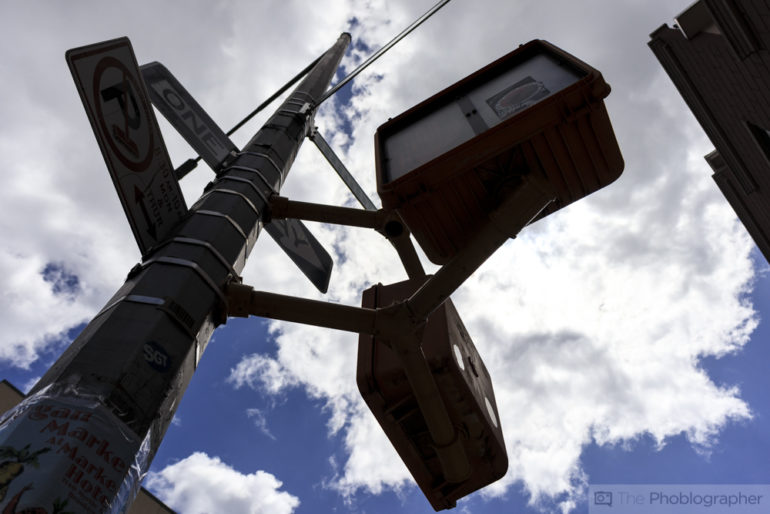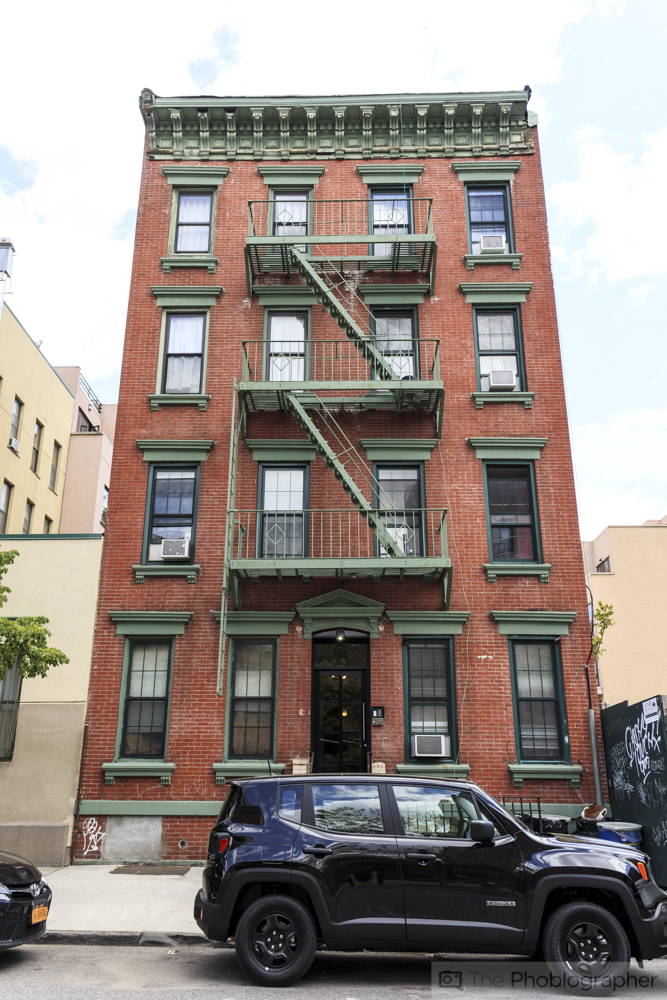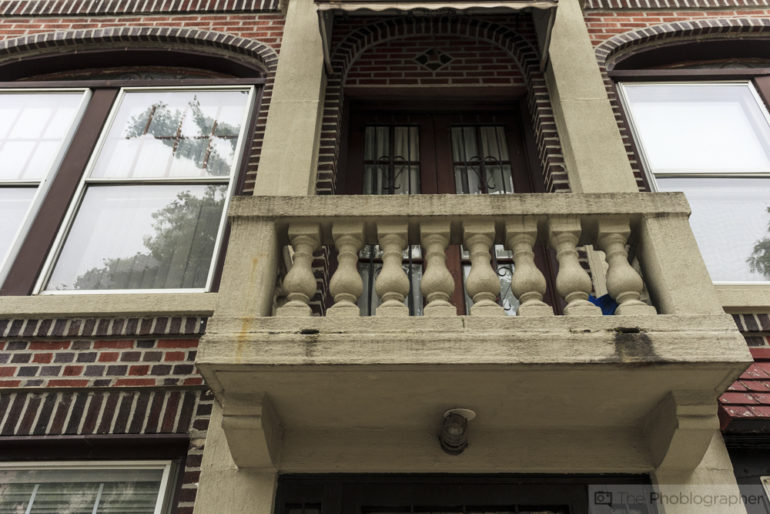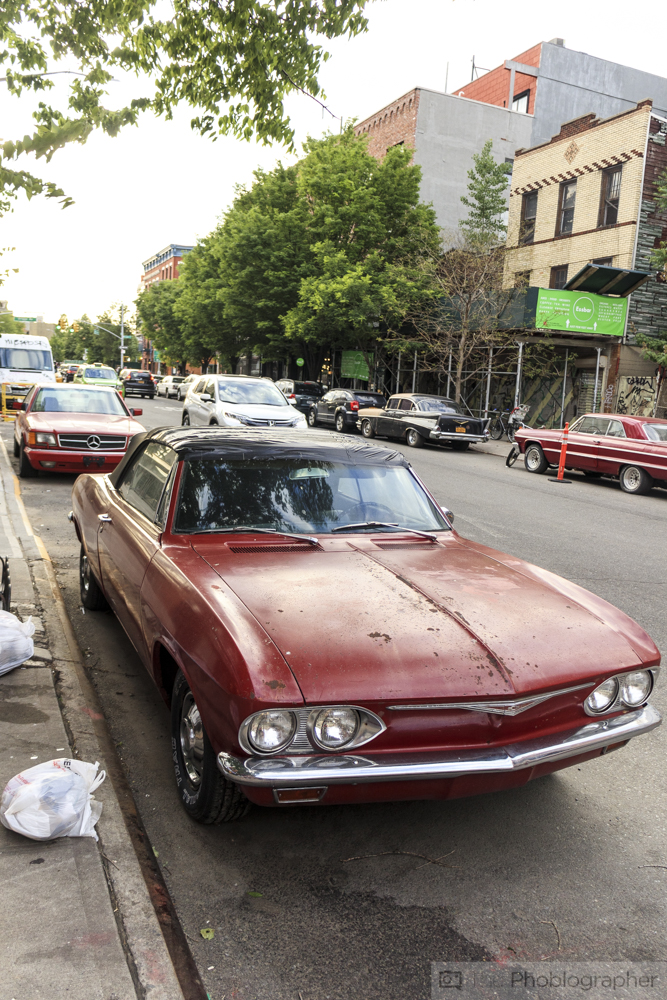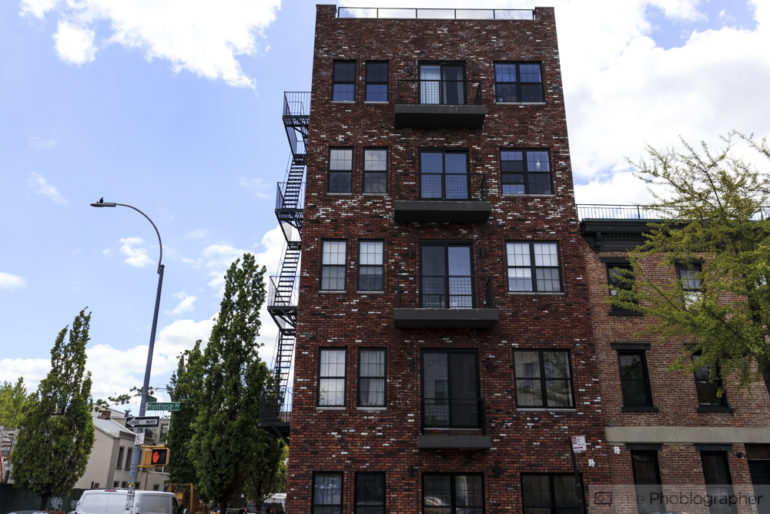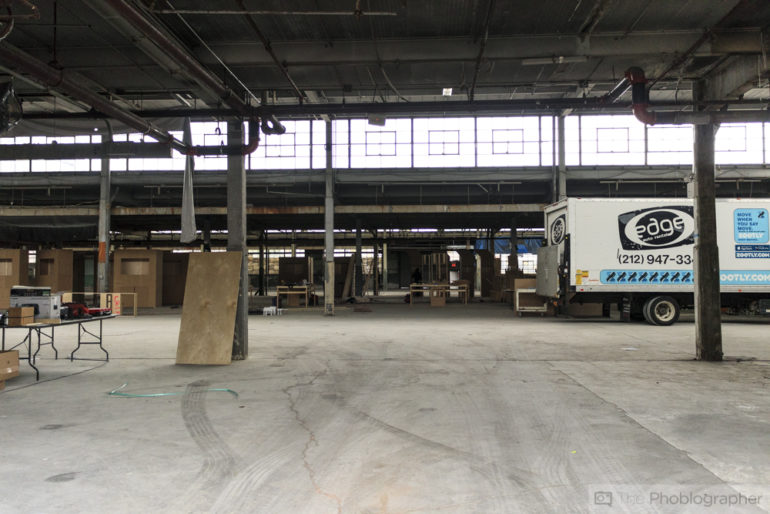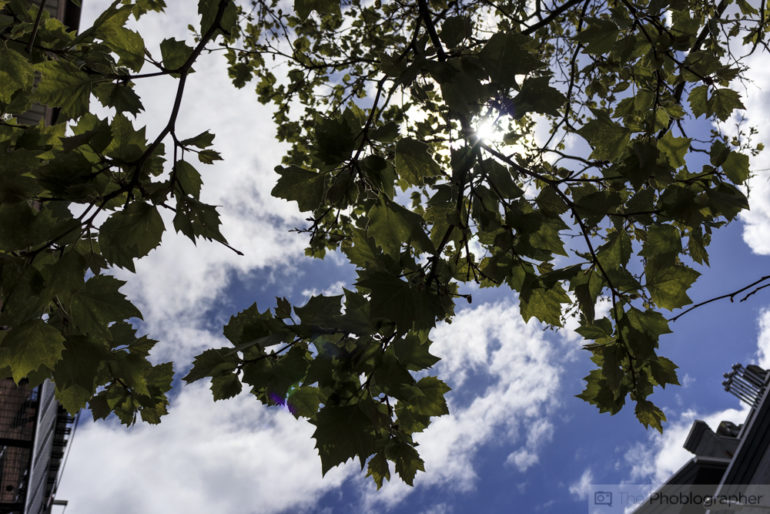Last Updated on 02/03/2020 by Brett Day
If you were to look at the mirrorless camera world, it would appear that Canon, with the Canon M6, is an entry into the world where they’re still trying to find themselves. To some, they could look like an experimental 20 something trying in vain to get their life together. Yet somehow or another, I genuinely never thought that I’d like the Canon M6. The camera isn’t designed to be the highest-end mirrorless camera from Canon, yet somehow or another it’s a camera that surely deserves respect in some ways and groans of frustration at the fact that Canon has gotten this camera almost perfectly right yet it feels like they were purposely holding themselves back. The Canon M6 has at its heart a 24MP APS-C sensor which is smaller than all the other options out there from Fujifilm, Sony, Pentax, Sigma–and let’s be honest because they’re all more or less made by Sony. Designed for the enthusiast, the Canon M6 has some very tough competition from the entire camera world. Yet somehow or another, this truly is a camera that you need to personally experience to understand.
Pros and Cons
Pros
- This kit lens is pretty fantastic
- Nice colors, though Canon’s skin tones may be a bit too warm for you if you’re adhering to shooting in the golden hour with Daylight white balance
- Big screen
- The best battery life I’ve ever seen on a mirrorless camera
- WiFi and Bluetooth connectivity
- Touch screen
- Small size
- Those dials feel absolutely stellar
- 5-axis IS is a nice addition
Cons
- Not the most versatile RAW files
- Canon desperately needs to consider bundling pancake prime lenses with this camera.
- Could have benefited from a built-in viewfinder
Gear Used
The Canon M6 was used with the 18-55mm kit lens that it was sent with.
Tech Specs
Specs taken from our original blog post
- Lens 15-45mm or 18-150mm
- Successor to the EOS M3
- Has a grip on the front
- Not as deep as the M5
- DIGIC 7 process
- 24MP sensor
- ISO 25,600 – 100
- Dual Pixel CMOS
- LCD 3 inch 1.4 mill dot
- LCD screen flips upward
- Exposure compensation
- Full HD 1080 60p
- WiFi NFC Bluetooth low energy
- AF is same as EOS M5
- Stacked dials for easier controls
- 5 axis lens image stabilization due to in-camera IS
- New design to Canon Camera Connect
- Really targeted to vloggers
The new Canon EOS M6 Camera is scheduled to be available in both black and silver models through authorized Canon dealers like Amazon or through the Canon Online store at https://shop.usa.canon.com/ in April 2017, for an estimated retail price of $779.99 for the body only. It will also be sold as part of body-and-lens kits with EF-M 15-45mm/F3.5-6.3 IS STM zoom kit lens with an estimated retail price of $899.99, and with the EF-M 18-150mm f/3.5-6.3 IS STM lens for an estimated retail price of $1,279.99**, scheduled to be available April 2017.
Ergonomics
When you look at the Canon EOS M6, you start to see a lot of what Canon is going for when it comes to a compact, mirrorless camera. They’re not going for the retro aesthetics and have forever been fighting against it–yet Lord only knows why. Still though, the front of the camera remains pretty minimal.
Turn to the back of the camera and you’ll see that the giant tilty-flippy LCD screen takes up most of the real estate space here. On the right of the screen you’ll spot buttons and a control dial. If you’re a veteran Canon user, you should know that this dial controls the aperture or shutter speed depending on how you set it up. There’s another dial around the rear and up top that controls the ISO setting. Plus, other controls such as AF selection points are here too.
Move to the top of the camera and you’ll spot the mode dial, EV compensation stacked with the ISO control dial, pop-up flash, shutter release and another exposure dial. Plus, the hot shoe is in the middle of all of this.
In many ways the Canon EOS M6 is a lot like the higher end G series cameras that many of you may know and remember. But it’s a much more modern take on all that.
Build Quality
The most justice is done to the Canon EOS M6 when a wrist strap is attached to the camera; therefore it’s always in your hands. The camera feels overall pretty solid, but do note that it doesn’t have any sort of weather sealing. My hands are just large enough that I’d want more real estate space for my paws.
Ease of Use
If you’ve been familiar with Canon’s menus for years now, you’ll be just fine here. Of course, there is faster navigation when you combine the touch screen access with your own fidgeting with dials. When it comes to setting the exposures, you’re just going to need to wrap your head around the Canon way of doing things, with the shutter speed and aperture adjustment. Unfortunately, if you’re a Sony user, you can’t set the back dial to control your ISO with the Canon EOS M6. That would be a very nice and welcome touch.
Autofocus
Canon’s mirrorless camera system has never really been the fastest out there; and now Fujifilm even outperforms them. Part of this surely has to do with the company’s lens offering. However, the Canon EOS M6 has touch shutter built in–which surely does make the image taking process smoother and faster overall. But if you’re photographing kids moving around like maniacs, you’re not going to get the best autofocus results. However, if you’re moving slowly or your subject moves slowly, it’s going to be all fine.
Perhaps this isn’t the camera for you if your kids, dog, cats, ferrets, or whatever other creatures you fancy as your captives are fast moving.
Metering
In my tests, this camera stands up to the Sunny 16 metering test just fine. With that said, zone focusing with a lens for street photography would make a whole lot of sense.
Image Quality
This is Canon’s largest and highest megapixel APS-C sensor. Canon’s APS-C sensors are at a 1.6x crop factor and haven’t always been on par with what Nikon, Fujifilm and Sony produce; yet for a while they were ahead of Nikon. To be fair though, when Canon has been lacking in one department, they’ve been able to outdo the others in some way or another. In this case I don’t feel like Canon can beat Nikon or Fujifilm when it comes to high ISO output. Sony though, it surely is outdoing when it comes to High ISO Output. In terms of color rendition, Nikon and Sony are about on par with one another and Canon is right there. Fujifilm, however, is taking the cake there with the X Trans sensor. Then when you’re talking about dynamic range, working with the Canon sensor is different than the others. To get the most from the dynamic range, I strongly recommend working with each individual channel in combination with various other sliders.
JPEG Output
JPEGs from the Canon EOS M6 are very nice out of camera up until ISO 1600. After that they get pretty messy with color noise. On a screen, such as a phone when you’re transferring from your camera, they’ll be alright. But if you try to make a print, then you’re out of luck.
RAW File Versatility

The RAW files from the Canon EOS M6 are pretty impressive. Above is the original image when it came out of camera. Below is my edit.
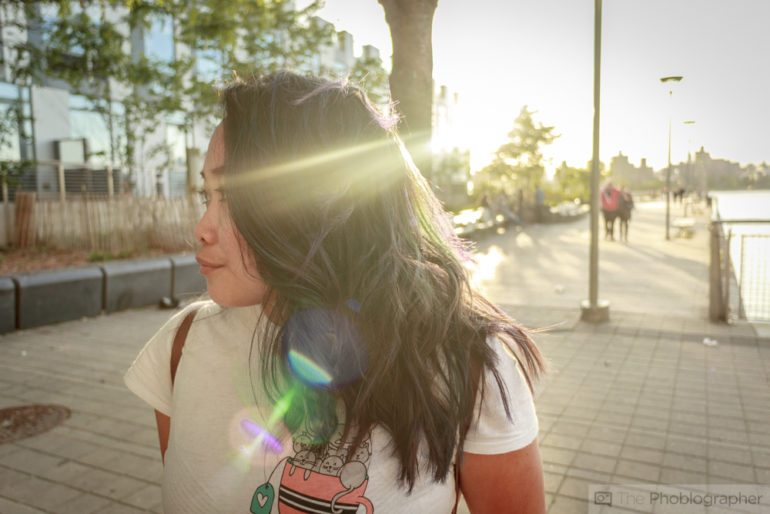
As you can see, I was able to get more details out of the scene and also work with the colors to get an even better look.
High ISO Output
On a screen, ISO output up to 6400 is pretty alright. But competitors tend to offer better results. Above this, I’d be wary and do quite a bit of noise suppression. When it comes to printing, I wouldn’t go above ISO 640 when trying to make large prints on A3 paper.
Extra Image Samples
 Conclusions
Conclusions
Likes
- Nice colors
- Nice feel
- Small size
- Great battery life
Dislikes
- I would’ve been alright with Canon keeping the megapixels down if they absolutely wiped the floor with Nikon, Sony, and Fujifilm
- Autofocus
The Canon EOS M6 is a very nice camera when it comes not only to ergonomics but also generally with image quality. The autofocus needs to be tuned up and if there were a more powerful processor or less megapixels, the image quality here would have probably outdone all the rest. But at the moment, I still feel like Canon is trying to find themselves in the mirrorless camera world.
If this camera had had the same sensor as the Canon 6D, prime lenses, and better autofocus, I would’ve easily given it five stars. But oddly enough, it has more megapixels than the 6D and not as great as an output as that camera despite being a significantly newer sensor.
The Canon EOS M6 wins four out of five stars. I only recommend it though if you’re brand new to the mirrorless camera world. Check out the latest prices at Amazon.


